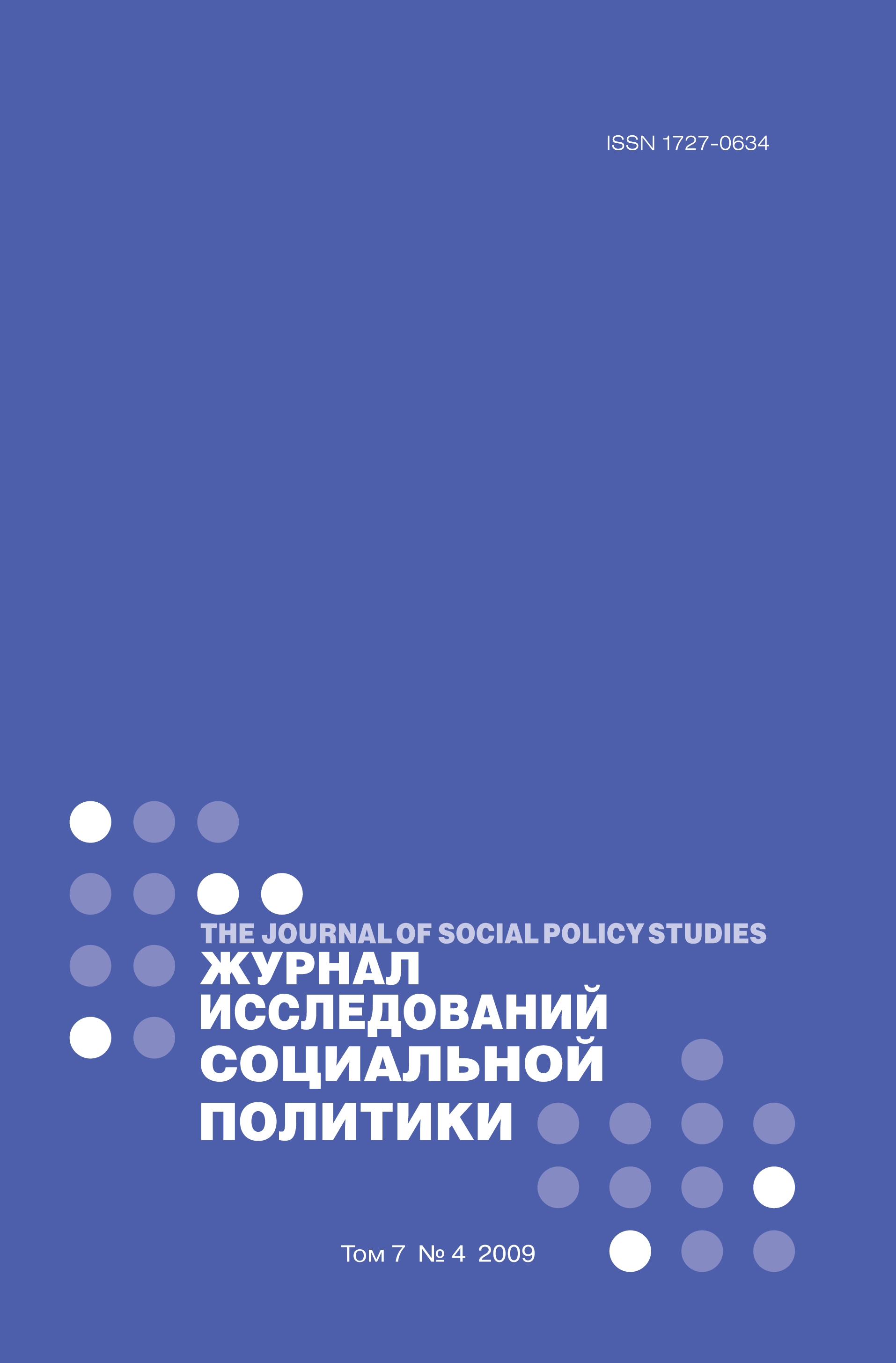Labor movement in Russia: anatomy of the strike
Abstract
The right of labour to freely assemble and strike is generally recognised in the developed world in legal conventions and practice. In Russia, which is somewhere between the developed and developing world, such rights, although guaranteed on paper, are not so clearly functioning. As the conditions of the working class have declined in many ways in the last twenty years, the role of strikes, an instrument the Russian working class was not experienced in using in the Soviet era, has become an area of academic interest. This article considers the strike movement in post-soviet Russia and discusses the characteristic features of modern industrial conflicts. Using the statistical data of certain well-known recent strikes, after a brief discussion of the main theoretical trends in studying strikes, an overview of the post-1991 period is provided, as well as some characteristics of the labour movement in Russia. The latter is established by focusing on the reasons, actions and the subjects of strikes in the post-Soviet period. Interviews from participants in key strikes provide an additional layer of analysis. What is revealed is that while strikes have an impressive public relations effect and draw sympathy from the general population, labour unions tend to be submissive to the authorities and management. Strikes in Russia, in fact, tend to emerge not from the union leadership but from lower level collectives. Working-class solidarity in Russia is seen to be weak; strikebreakers can be easily recruited from less politically aware and/or unemployed segments of the working class. Employers are seen to be generally alienated and isolated from the moods of their employees, with very little effort or expertise spend on the maintenance of good industrial relations. Overall, it remains a serious challenge to improve the work of unions, improve negotiation processes and reduce strikebreaking activities on the part of employers.















